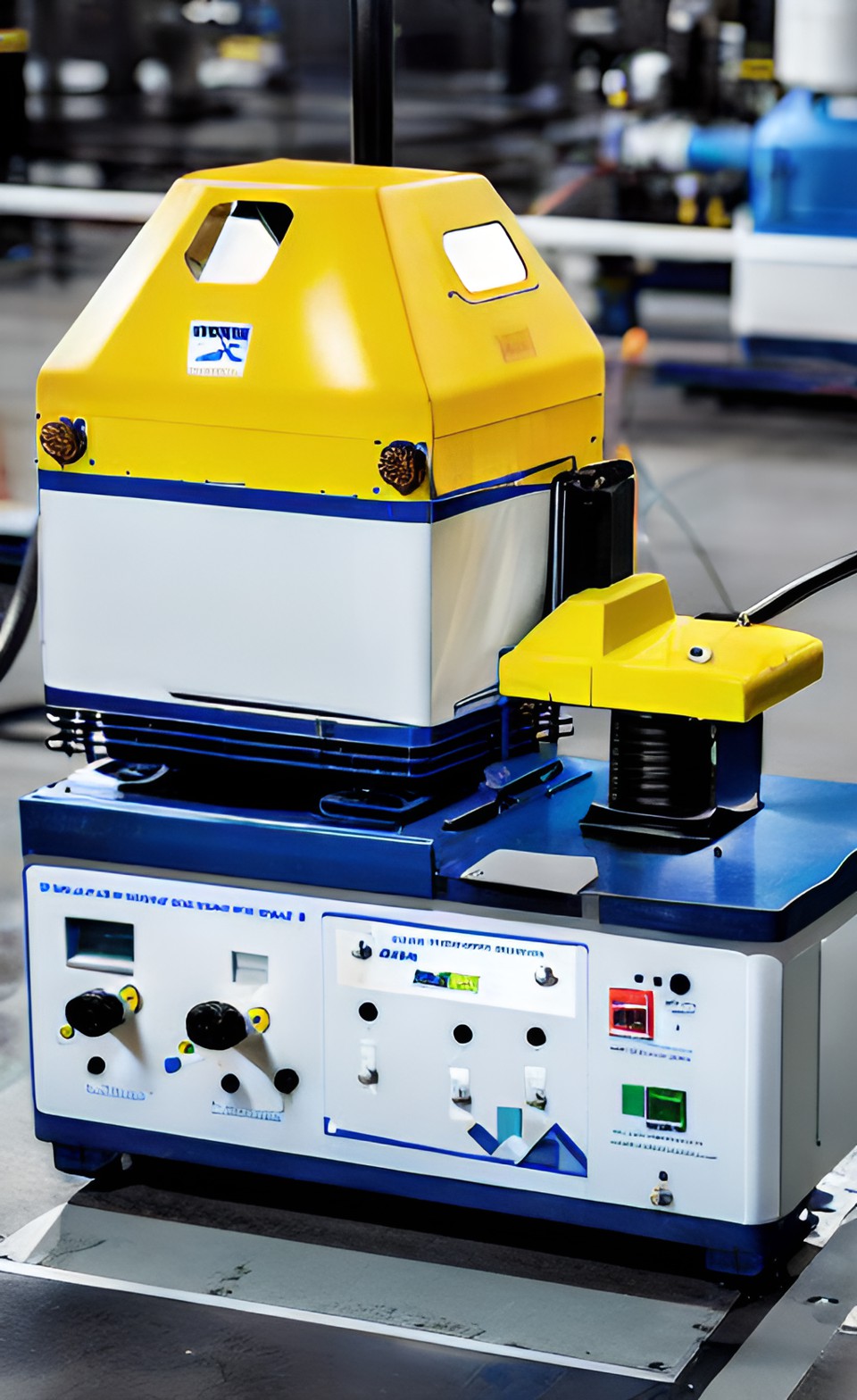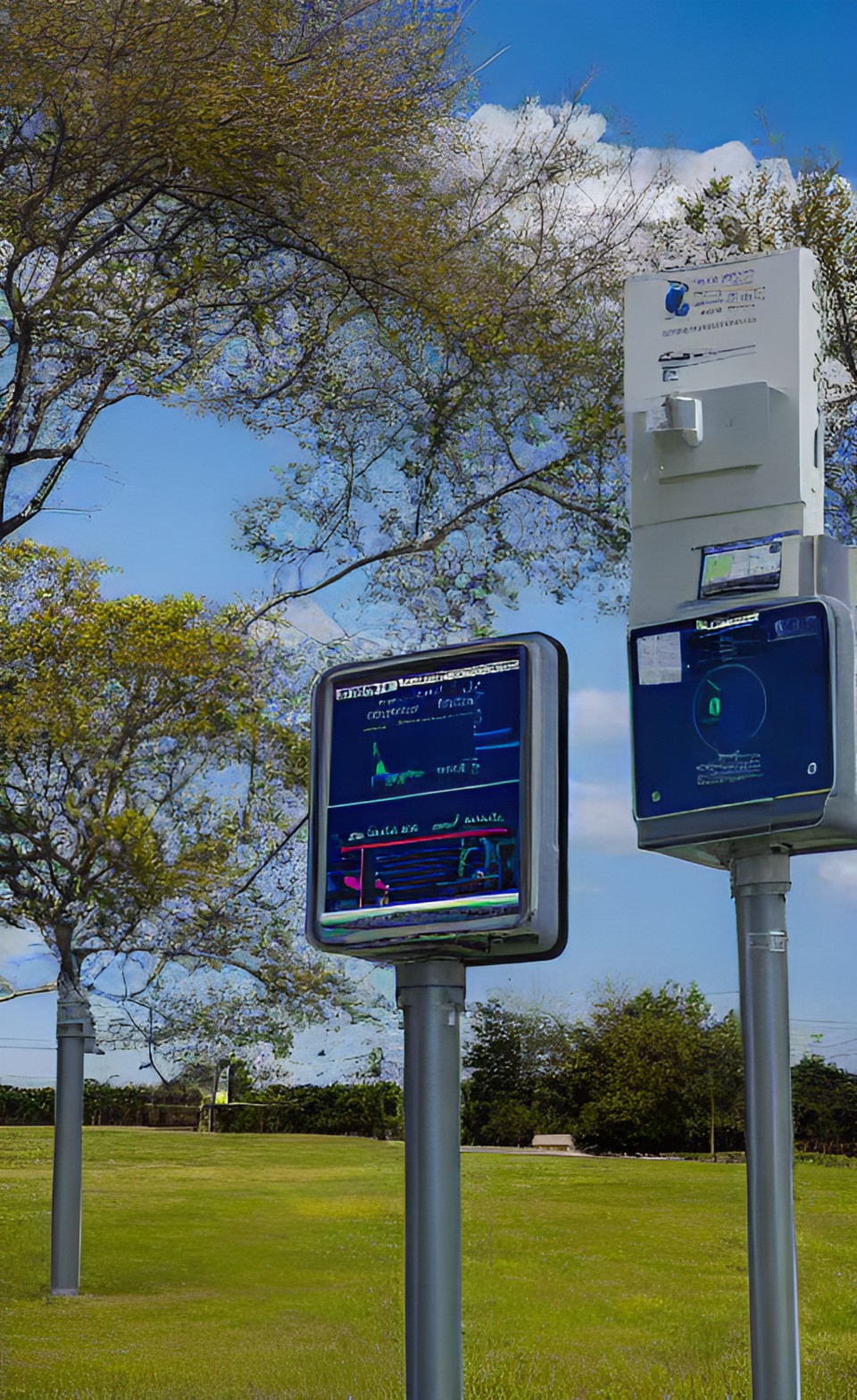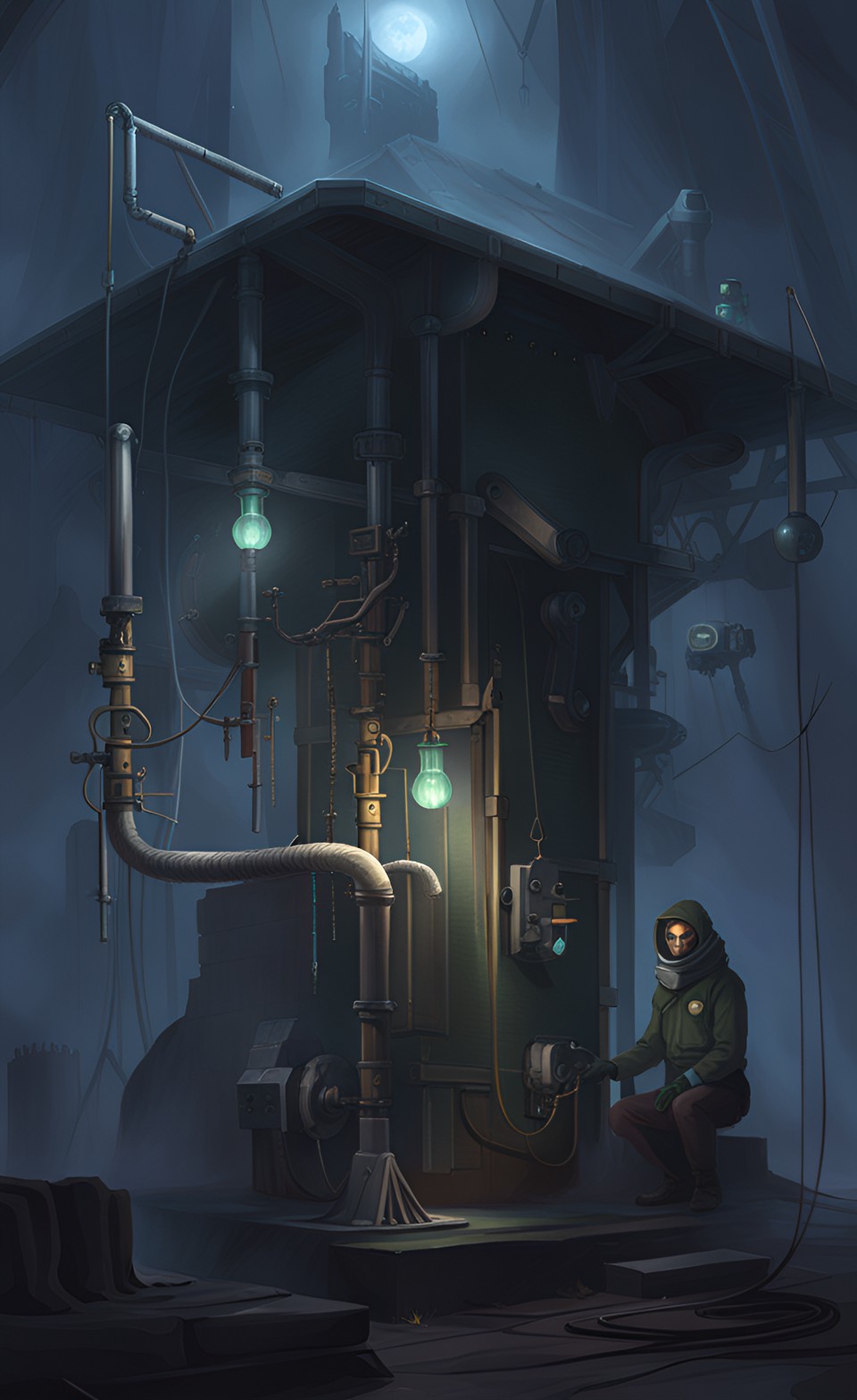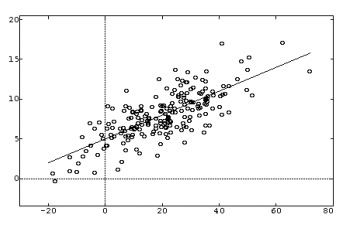- Air Homepage
- Alberta Air Quality
- Ambient Air Quality Monitoring
- Professional Air Quality Testing Equipment
Professional air quality testing equipment Testing equipment and records management
You can see a summary of air monitoring records for professional air quality testing equipment here. Ensure precision, regulatory compliance, and industry standards by creating, protecting, and maintaining records. Keeping records is key to protecting your data and monitoring air quality.
This set of instructions is based on the Alberta Monitoring Directive (AMD), Chapter 3, starting with Section 3.
See a summary of Sections 1 and 2 on this page.
Section 3 - Professional air quality testing equipment Sampling System
For accurate data, you need a good sampling system. The quality of the data collected depends on a lot of factors, like maintaining a steady temperature in the sampling shelter, placing the inlet for taking air samples correctly, designing the manifold system, choosing the right tubing and length, picking the right filters, and fittings. These factors are important to make sure the air samples are accurate and reliable.
3.1 Shelter Requirements for Continuous Ambient Air Monitoring
A shelter is needed to protect the instruments during continuous ambient air monitoring. Shelters must protect professional air quality testing equipment from a lot of things:
- Rain or snow (precipitation),
- Dust and dirt everywhere,
- Vibrations and environmental stress,
- Chemicals that corrode,
- Intense Lights,
- Radiation.
The shelter should also comply with Alberta's Occupational Health and Safety Act. It needs to be kept between 20°C and 30°C, or as specified by the analyzer or sampler manufacturer. For certain analyzers, the temperature should be kept below 25°C.
A fire extinguisher of the ABC type is also required in the shelter, and it should be accessible year-round and secure from unauthorized access, possibly inside a fence. Professional air quality testing equipment needs to work properly and provide accurate data, so these measures are essential.
3.2 Manifold System
Multiple analyzers are placed in the same place to collect data in a manifold system. You don't have to use long tubes for each analyzer. Here are some tips for using manifold systems:
- Sampling tubing shouldn't be longer than 10 meters.
- Use materials like Teflon or borosilicate glass for inlet, manifold, and sampling tubing.
- Insert sample inlets into the sides of the manifold, extending into the center.
- The sampling tubing can be heated if condensation is an issue.
- Place instruments with lower flow requirements closer to the inlet if the manifold has multiple ports.
- Keep water and big particles out of the sample with a knock-out trap in the manifold.
- Follow the manufacturer's instructions for installing a filter on an analyzer.
- Ensure the sampling system doesn't leak, and that all components are in good shape.
- Make sure there aren't too many bends in the manifold to prevent wall impaction.
- In less than 20 seconds, air should travel from the sampling inlet to the sampling device, through the manifold and tubing.
- There should be at least three times the total flow rate needed by all the analyzers available in the manifold.
- It shouldn't be more than one inch of water below ambient pressure inside the manifold.
- You can check these conditions by building the manifold, measuring the flow, and monitoring the pressure with a water manometer (see details in SS 3-J).
- Adjust the flow rate if needed.
The guidelines help make sure the manifold system works right and provides accurate data. Appendix B has more details.
3.3 Sampling System Cleaning
Professional air quality testing equipment needs to be cleaned regularly to keep working. Here's how often you should do it:
- All ambient air monitoring samplers need to be cleaned at least once a month.
- To avoid downtime, coordinate cleaning the manifold with calibrating the continuous analyzers.
- You might need to clean more often depending on the season.
Inspect and clean sample tubes, flow splitters, and other parts used to collect particulate matter at least once a year, or as directed by the manufacturer if they need more frequent cleaning.
By doing this regularly, you can make sure your air quality data is accurate and reliable.
 Equipment cleaning and maintenance
Equipment cleaning and maintenance3.3.1 PM2.5 Inlet Cyclone and PM10 Head Cleaning
Specific equipment used to measure particulate matter has to be cleaned to ensure accurate air quality monitoring:
- PM10 heads and PM2.5 inlet cyclones need to be cleaned every 30 days or whenever the sample filter is changed.
- PM10 heads and PM2.5 inlet cyclones of Beta Attenuation Monitors (BAM) and Sharp Particulate Monitors should be cleaned every 30 days.
- After 15 24-hour samples, clean inlet PM10 heads and PM2.5 inlet cyclones on filter-based intermittent particulate samplers.
If the conditions are such that the equipment gets dirty faster, you should clean it more often. In order to measure particulate matter in the air, the instruments need to be cleaned regularly.
3.3.2 Total Suspended Particulate Intakes
The total suspended particulate intakes on any type of sampler need to be cleaned at least every six months to maintain accuracy. If the conditions are such that the equipment gets dirty more quickly, it's important to clean it more often.
It makes sure the professional air quality testing equipment measure total suspended particulate matter accurately.
Section 4 - Site Documentation
Air quality monitoring sites need detailed documentation. Documents include:
Each continuous ambient air monitoring station:
- Owner and operating agency info.
- Contact info for the responsible person.
- Dates when the site was created and last updated.
- Latitude and longitude of the location.
- Views in four directions from the manifold, with clear direction markings.
- Additional photos and sketches highlighting any irregularities if the station doesn't meet standard criteria.
- The instruments at the site, including their type, owner, make, serial number, sampling height, and installation date.
- Site description, including land use, elevation, building heights, and trees nearby.
 A network of air quality monitors
A network of air quality monitorsA network of monitoring stations looks like this:
- This map shows station locations, roads, railways, airports, water bodies, settlements, and pollutant sources.
- Based on a five-year average of data from the nearest representative station, windrose diagrams for each station.
Each monitoring station has the following info:
- Land use sectors are indicated on a recent area map with the station at the center.
- Topographical features, vegetation, buildings, and other relevant details of the immediate surroundings within a 500-meter radius.
- Detailed color prints showing where the sampling inlets or manifold are.
- An exposure direction-marked color print of the instrument housing.
- Sites that aren't standard need additional photos and sketches.
All continuous ambient air monitoring stations should keep current copies of this documentation. The owner, type, make, site number or name, location, sampling height, and installation date should be included for professional air quality testing equipment including passive samplers and static stations.
To monitor air quality and ensure data quality, you need accurate records. There are templates for site documentation on the AMD website.
A Simple Solution
Time is money. To meet air quality or risk dispersion modelling requirements, Calvin Consulting Group Ltd. provides fast, reliable solutions.
The combined experience of our air quality meteorologists and dispersion modellers exceeds 95 years. Our team has conducted high-quality assessments and trained staff at organizations like Alberta Environment and Environment Canada.
Our goal is to make your life easier by:
- For every modelling project, we collect precise meteorological, terrain, and emission data.
- In order to ensure smooth submissions and approvals, we align with all provincial and national regulations.
- Reports with detailed visuals that are easy to understand for regulators or internal teams.
- Our expertise: We deliver insights that safeguard your operations and the environment.
What is the point of complex modeling? With our innovative tools, unmatched knowledge, and unwavering commitment to quality, we ensure accurate results every time.
Are you looking for a way to streamline your next project? Find out why Calvin Consulting Group Ltd. is the trusted choice for air quality dispersion modeling. Reach out to Barry and is colleagues at:

Check out our guide to air monitoring records.
Learn how to create, protect, and maintain records for precision, regulatory compliance, and industry standards. Protect your data and improve air quality monitoring with record-keeping.
Do you have concerns about air pollution in your area??
Perhaps modelling air pollution will provide the answers to your question.
That is what I do on a full-time basis. Find out if it is necessary for your project.
Have your Say...
on the StuffintheAir facebook page
Other topics listed in these guides:
The Stuff-in-the-Air Site Map
And,
Thank you to my research and writing assistants, ChatGPT and WordTune, as well as Wombo and others for the images.
GPT-4, OpenAI's large-scale language generation model (and others provided by Google and Meta), helped generate this text. As soon as draft language is generated, the author reviews, edits, and revises it to their own liking and is responsible for the content.



New! Comments
Do you like what you see here? Please let us know in the box below.